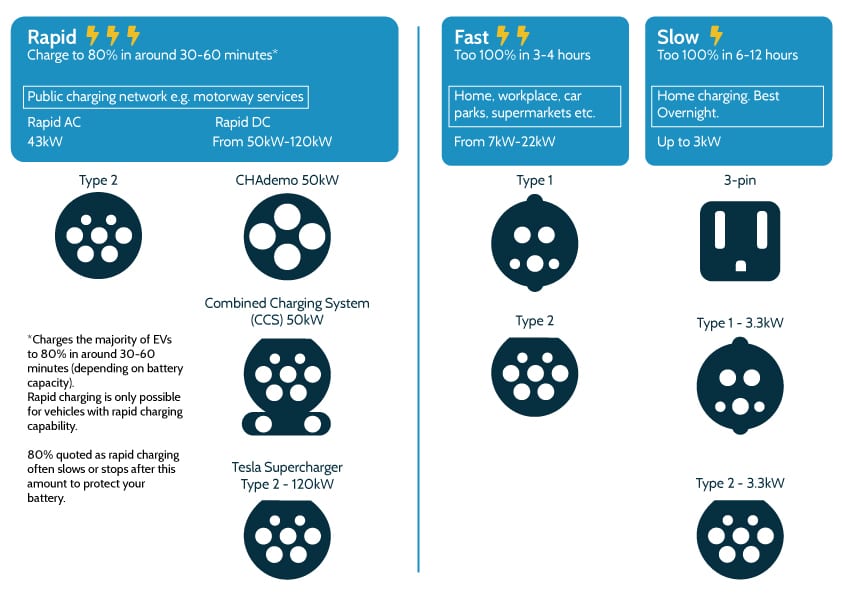ABOUT EV CHARGING
“How do I charge an electric vehicle?” and “How far can I go before I run out of charge?” are questions that we are frequently asked by customers when they are thinking about buying their first electric vehicle.
They are used to a routine of filling up their cars with petrol or diesel at a service station and rarely worry about running out of fuel. Either consciously or subconsciously most drivers plan their journey, check their fuel, have regular routes they drive meaning that knowing when to visit the petrol station becomes second nature. Routine and familiarity are key, and it’s the same for charging an electric vehicle – without the inconvenience or expense of visiting a service station.
With most cars only in use about 4% of the time, this leaves plenty of opportunity for charging.
EVs have a display on the dashboard that shows how ‘full’ the battery is and an estimation of how many miles they can travel on that charge.
An electric vehicle’s battery size is described in kilowatt hours (kWh). The bigger the battery, the further the EV can travel on a single charge, known as the range. A Nissan Leaf with a 40kWh battery has a smaller capacity and range than a Tesla Model S 75D which has a 75kWh battery and therefore a longer range.
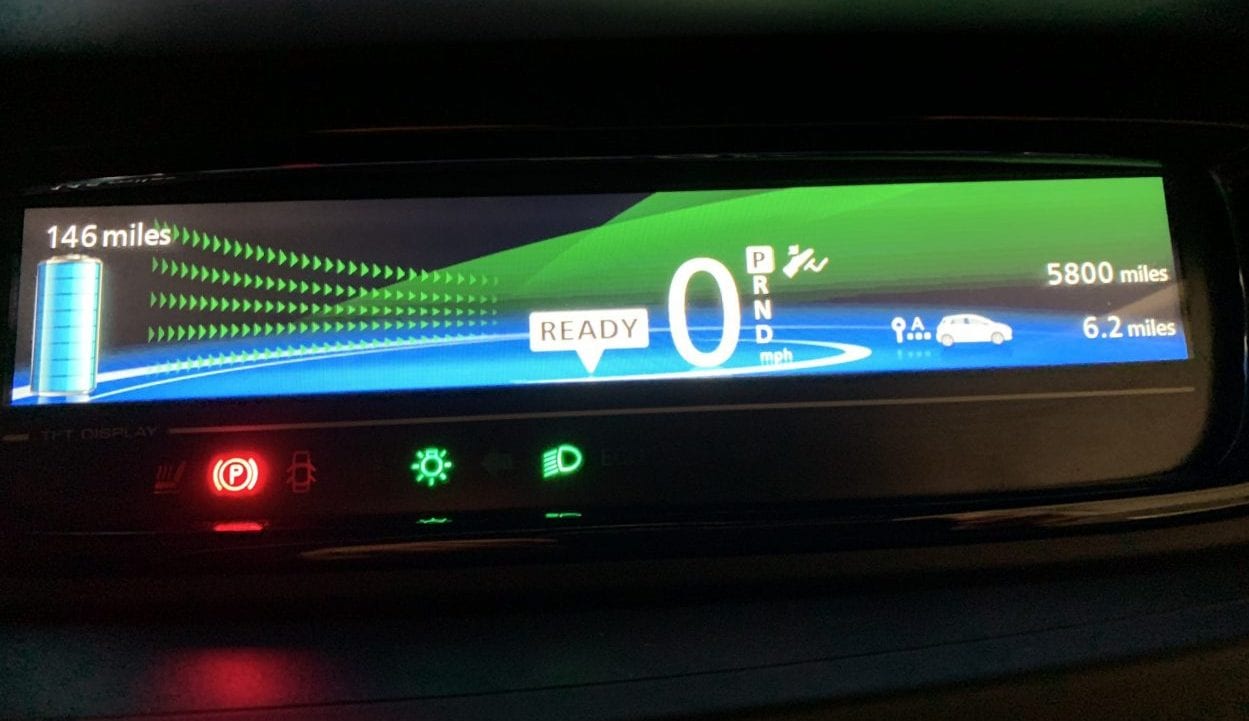
This photo shows the dashboard of a Renault Zoe ZE40. It is charged to 100% and has an estimated range of 146 miles.
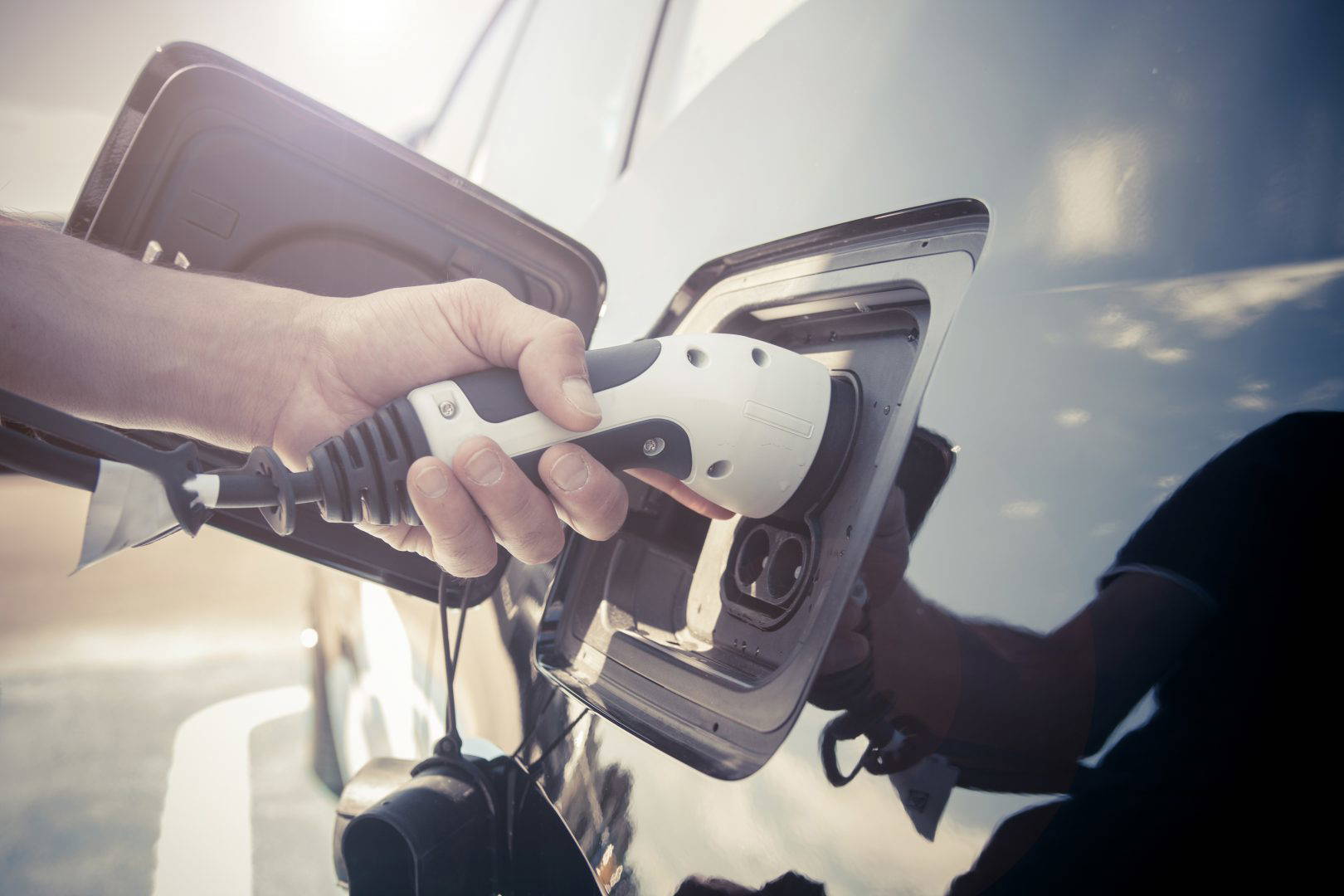
CHARGING SPEED
Electricity is measured in kilowatts (kW). EV charging speed is measured by the number of kilowatts per hour (kWh) that are transferred from the electricity source to your EV’s battery. A 200 kWh chargepoint puts more electricity into your battery during an hour than one that provides 7 kWh.
Key facts about charging speed:
- There are three speeds of EV charging: Rapid, fast and slow
- EV charging times vary between 30 minutes to more than 12 hours
- Time to charge depends on the EV battery size and speed of the charging point
- Speed also depends on what on-board charger you EV has fitted
- Larger batteries can take longer to charge from empty to full, although once charged they can travel further
- For convenience, many drivers prefer to top up charge rather than run down to empty
- A Nissan Leaf with a 40kWh battery charged on a 7kW home chargepoint would take about 6 hours from empty-to-full
- Most EVs can add 90 miles in a 30-minute charge at 43-50kW rapid charger
CHARGEPOINT CABLES
Chargepoints are either ‘tethered’ or ‘untethered’:
• Tethered chargepoints provide cables already attached to the chargepoint that you can plug straight into your car. They are convenient as you don’t need to use your own cables
• Untethered chargepoints require you to use your own cable
• For convenience many drivers keep their charge cables in the boot of their car, so they are handy if charging publicly at an untethered charge point
This diagram is a simple explanation of connection type, chargepoint speed and location.
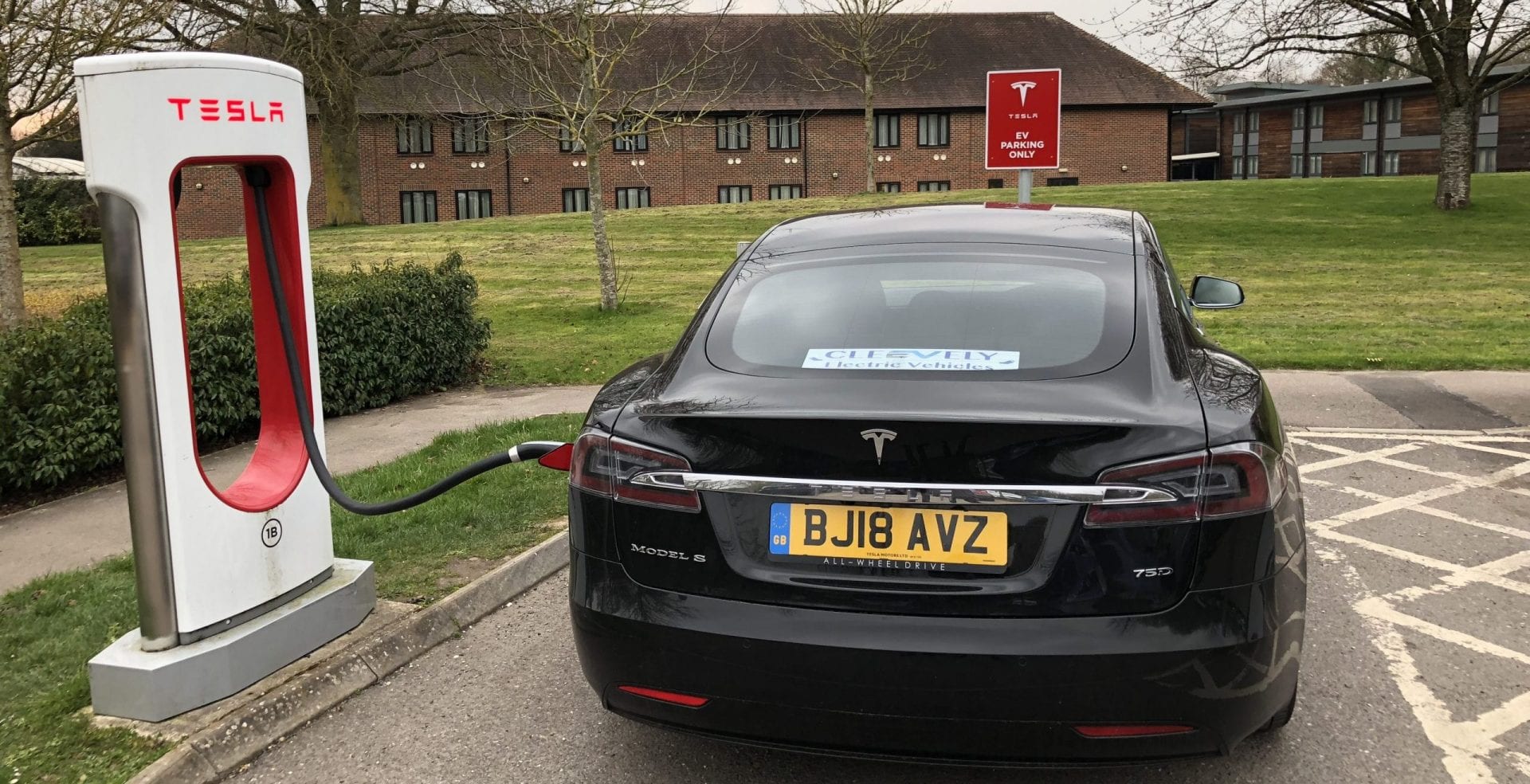
TYPES OF CHARGER AND CONNECTIONS
Most EVs use two cable types:
• A cable and plug for connection to a home or public chargepoint. Usually Type 1, Type 2, CHAdemo or CCS
• A cable and plug for connection to a standard domestic 3-pin plug socket, like you’d use with any domestic appliance e.g. mobile phone
Chargers connection are determined by two elements which are the vehicle charging inlet port, determined by the manufacturer and the chargepoint connection port, determined by the chargepoint speed, either rapid, fast or slow.
HOW TO CALCULATE THE COST OF CHARGING YOUR EV
Charging at home is generally cheaper than using a public charger, although many public places, for example some supermarkets and hotels, have chargepoints that are free to use. They are generally of the 7kWh-22kWh fast charge variety and are useful for a top up charge.
Rapid chargers and other fast charger like the ones found at motorway service stations usually do require payment. The cost to charge is often split into the following components:
1. A connection fee
2. A flat rate per kWh used
For example, charging a 40 kWh battery, from empty to full at a public chargepoint costing 30p per kWh, with a £1.50 connection fee would cost you: 40 x 30p + £1.50 = £13.50¹
At home, with an average kWh price of 14p the same car charged from empty to full would cost: 40 x 14p = £5.60.²
The same 40kWh Nissan Leaf with a real-world range of about 155 in mild weather would achieve 3.6p per mile charged at home, compared to 8.7p charged publicly.³
Notes:
¹ Statistic courtesy of the RAC
² Public chargepoint costs vary by provider and charger type.
³ Home charging cost is affected by your domestic electricity tariff.
We advise keeping your EV charged at between 20-80% to maintain battery health.
CHARGING AT HOME
Most electric vehicle drivers prefer to charge their car at home, and many rarely even use public chargepoints. If you have a driveway or access to dedicated parking where you live, it really makes sense to have your own chargepoint installed.
The average car is parked at home about 80% of the time, leaving lots of opportunity to charge when not in use. ¹
¹ Statistics courtesy of the RAC
Compare electric car charge points and energy tariffs for your home with right charge, click on the logo above.
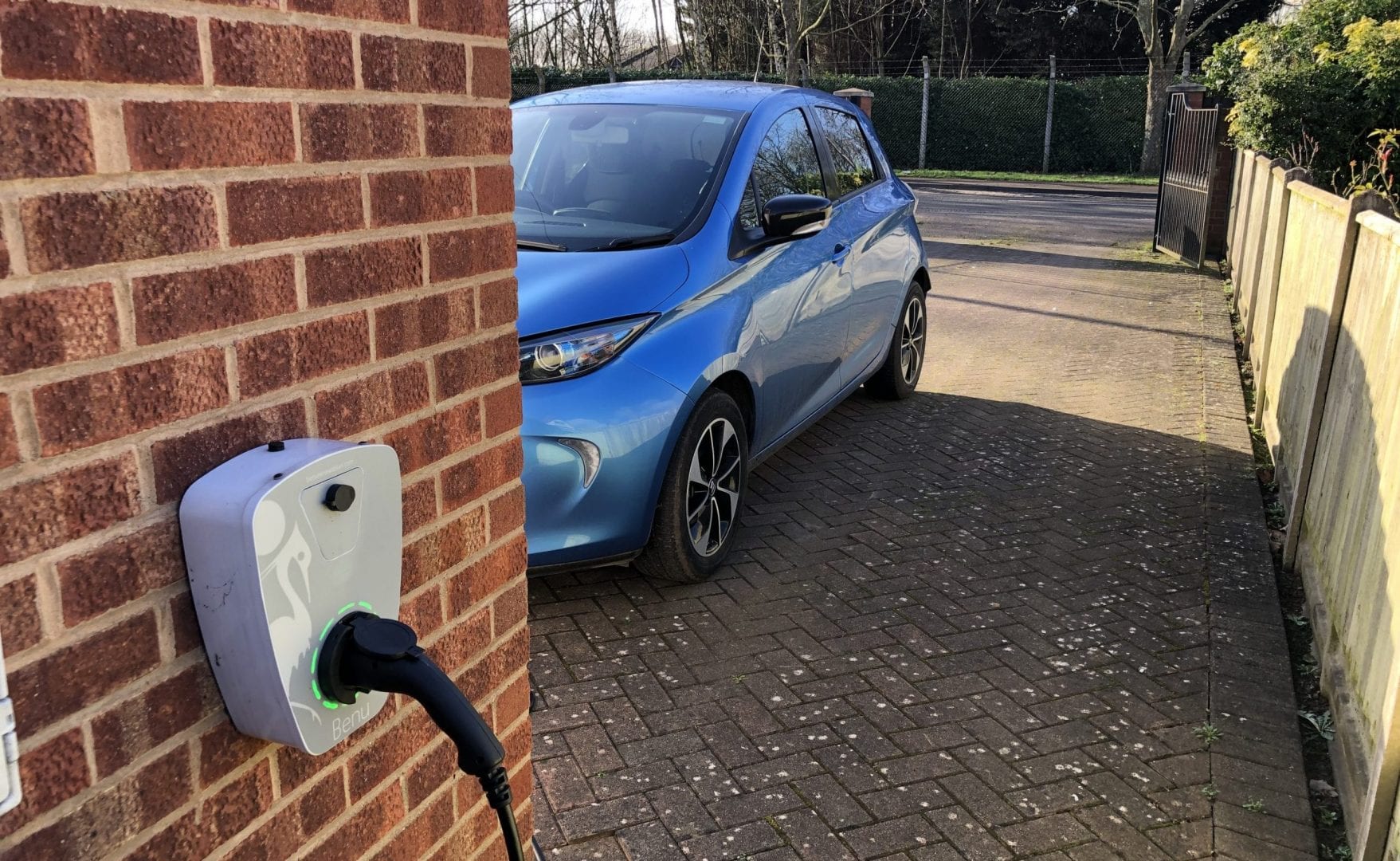
WE CAN HELP ARRANGE YOUR OWN HOME EV CHARGEPOINT INSTALLATION
When you buy your electric vehicle, we can talk about some of the home chargepoint options available. There are many different solutions, depending on your needs and budget.
We work with a number of qualified and very experienced home chargepoint specialists who we trust to do a great job and look after our customers. If you agree, we will introduce you.
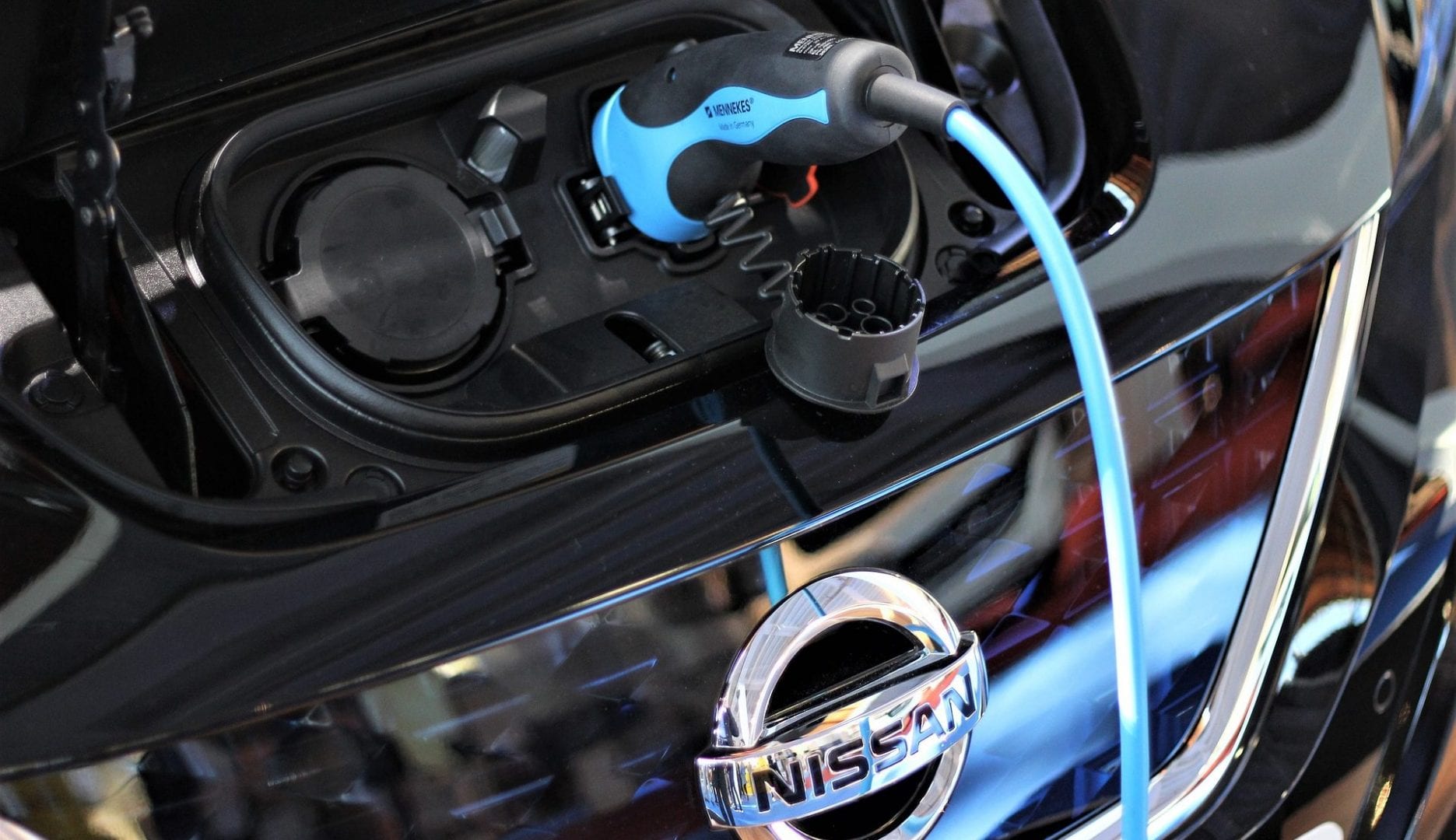
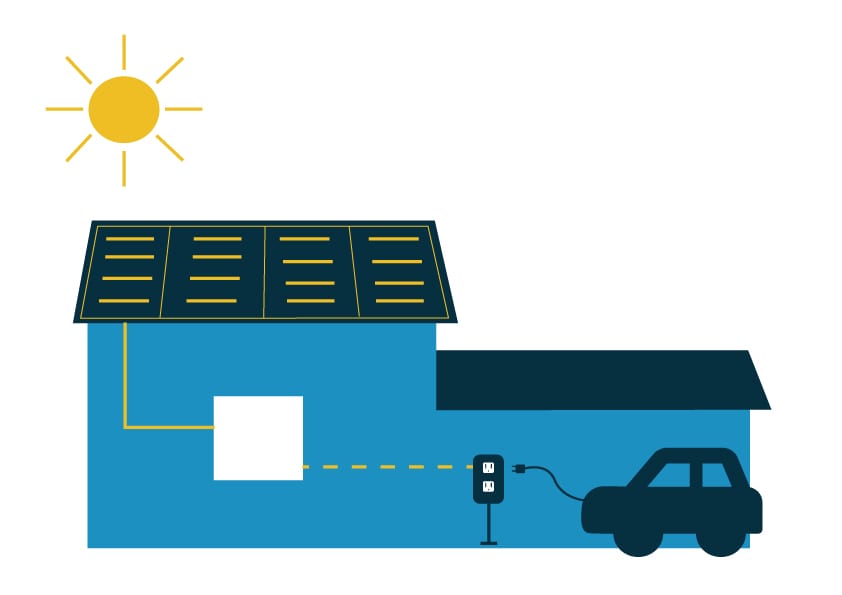
SOLAR PV SYSTEM INTEGRATION
If you have a Solar PV system you may wish to consider a domestic battery storage system. With a domestic battery storage system, power generated by your Solar PV system during the daytime hours (when it is sunniest), can be stored for use later when you need it.
Your Solar PV system, domestic battery storage system and electric vehicle chargepoint all work together to provide you with a truly green driving experience.
PUBLIC CHARGERS
Where to find them?
The public charging infrastructure is continually growing with ‘destination’ charge points appearing at places where drivers park for a reasonable amount of time e.g. hotels, car parks and supermarkets. Chargepoints can also be found at most motorway service stations.
Some of the destination chargers are free to use like the Pod-point 7kWh ones that many Tesco stores have introduced. These deliver enough power during a 45 minute shop to cover most driver’s average daily travel needs.(1) As well as being cost-effective, it just makes sense to take advantage of a top-up charge whilst your vehicle is idle.
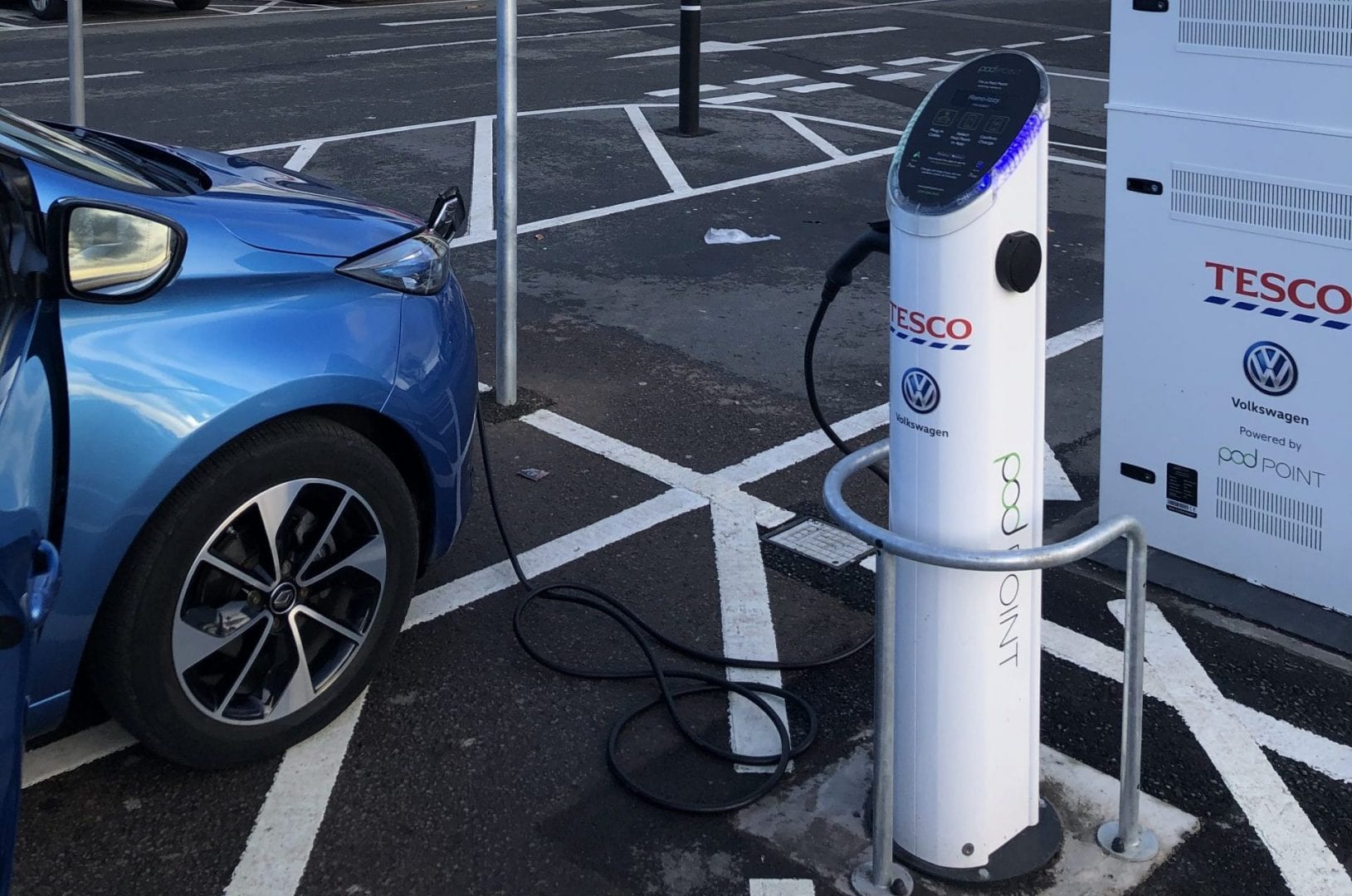
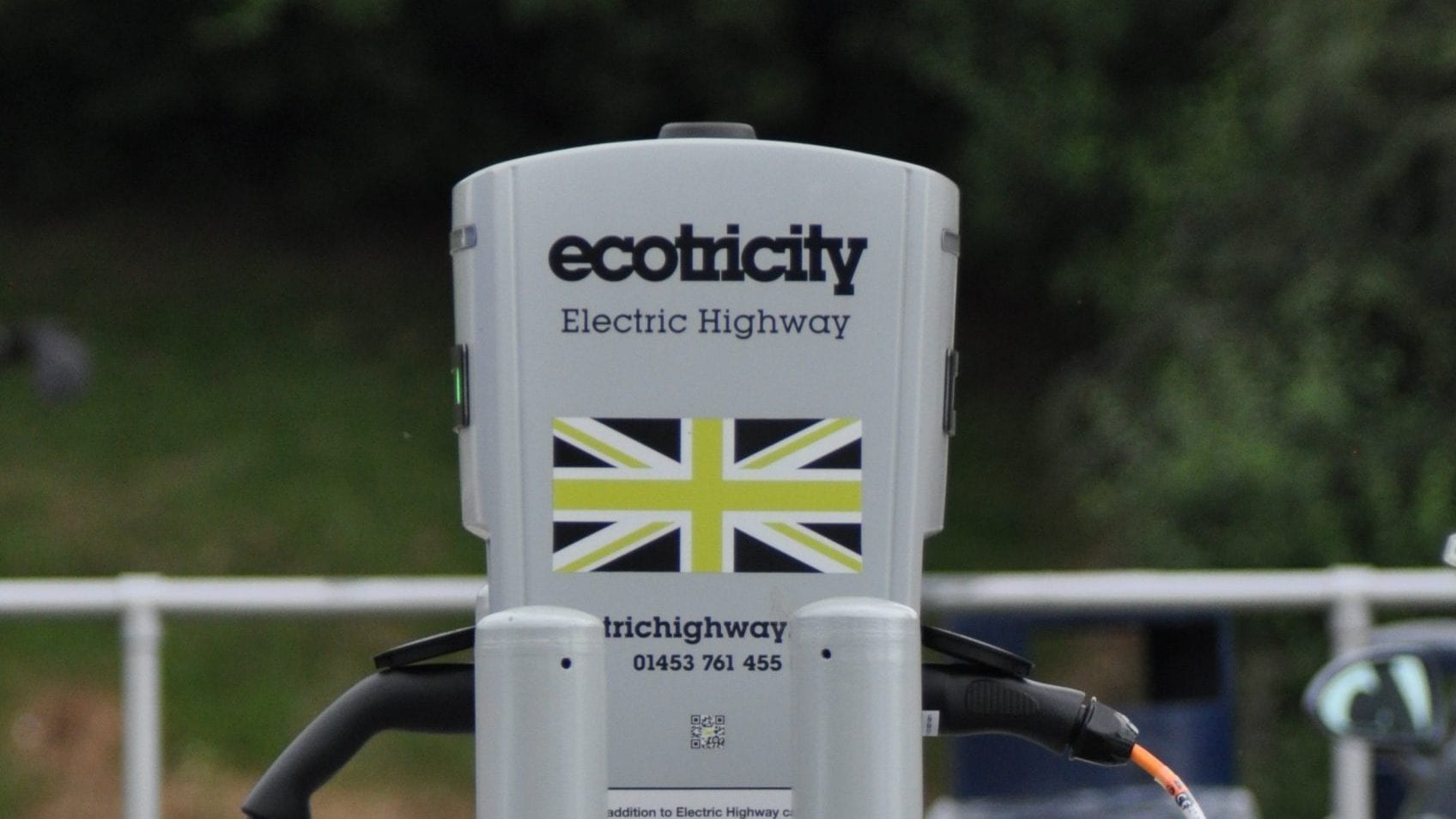
WHEN TO USE A PUBLIC CHARGEPOINT
Whilst many EV drivers find it convenient and cheap to charge at home or work, drivers without access to a private chargepoint will need to be familiar with their local public charging network. When customers buy an electric vehicle from us, we always take time to understand their charging plans. We look at where they live, the typical journeys and routes that they take, and only suggest an electric vehicle if there is one within their budget that has a realistic range for their needs, without charging being an issue.
As powering an electric vehicle is the fundamental point of difference from a traditional car, we appreciate it’s got to work.
For drivers with home chargers, the public charging network is generally only used for longer journeys when additional range is required. As manufacturers release newer models we are definitely seeing battery capacities increasing, resulting in longer range. It’s highly likely that on a longer journey in a newer EV, you may need to stop for a comfort break by the time you need to charge, especially if travelling with children.
If you plan your journey to incorporate a rapid charge, you can conveniently push your EV back up to 80% by the time you’ve had a break and a coffee.
PLANNING YOUR JOURNEY
The most helpful phone app that we recommend for planning a journey where you expect to make use of public charge points is ZAP-MAP. Also available in desktop version, ZAP-MAP allows you to search for chargepoints along your planned route. You can filter according to many different criteria e.g. EV model, charger speed (e.g. 7kWh, rapid or other), connection type (e.g. Type 1, Type 2, CHAdemo or other) and network provider, if you have a preference.

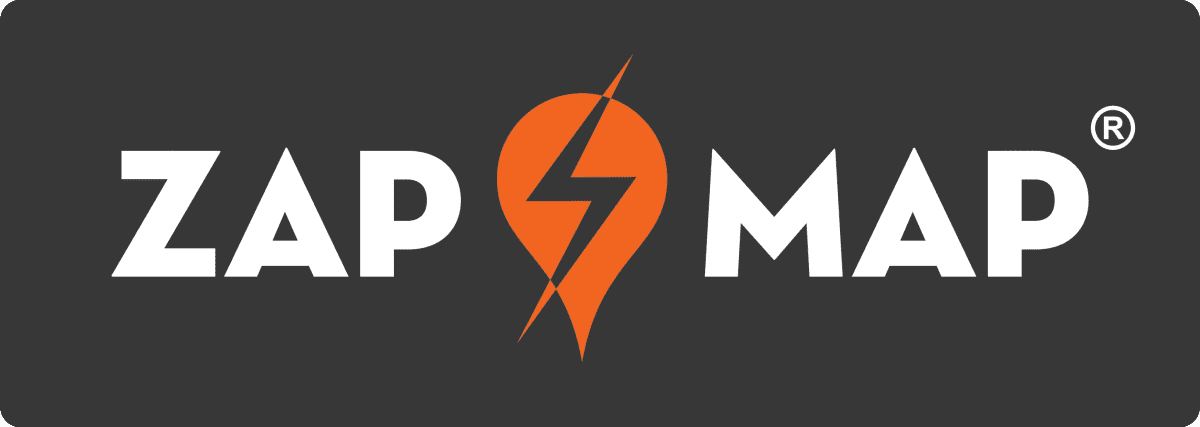
THE COST OF PUBLIC CHARGING
Public charge points, that aren’t free, vary in how much they cost to use.
There are a number of national and regional charging networks that operate on a pre-paid account and/or pay-as you-go basis. Whichever network you choose to charge at, if you use an account it is generally accessed via a smartphone app or RFID card.
The price to charge usually comprises a connection fee and cost per kWh used, which can be checked for each location using the ZAP-MAP app.

